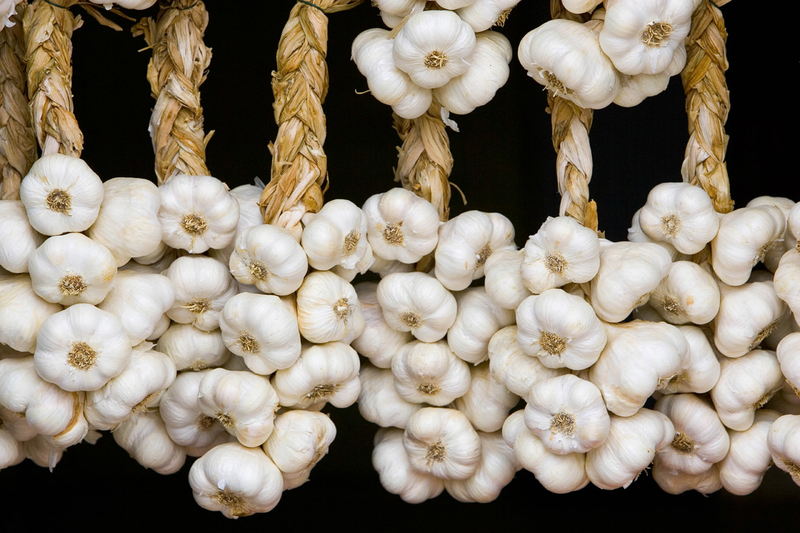If you asked anyone what’s in their kitchen, on any given day, at any time of year, there’s one ingredient that’s almost always present somewhere in the pantry: garlic. This allium is anti-inflammatory and plays a significant role in many favorite dishes. But how long does garlic last? And how should we be storing it to extend its shelf life as long as possible?

How long does garlic last?
The first important detail we need to know about the garlic we buy in the supermarket is that it is cured garlic, which means it’s been dried so that the skin shrinks up to form a barrier against any possible moisture that might damage it. However, we only really need to be concerned with this step if we’re growing the garlic ourselves or know it’s fresh garlic you’re buying. If garlic has been cured, it will last about five to six months, if it’s being stored properly. Thanks to the skin on the garlic, it has built-in self-preservation, which is why it’s best to leave it alone if you want it to last. Individual cloves with their skin on are more likely to last only a few weeks. This means the best way to store garlic is to keep it whole, without separating or peeling the cloves. When you isolate a clove from the rest of the garlic, it reduces the shelf life, and when you peel that clove, it significantly reduces that shelf life even more to just a few days.

Where should you store garlic?
As we know, moisture is an enemy of garlic. For storage, any place that’s dry and cool. If you happen to have a ton of garlic and want to keep in from going bad, you can place it in your freezer or even pickle it.
When is garlic past its prime
There are a few indicators that suggest your cloves may be a bit worse for wear. Dark spots and discoloration are bad news, as is soft, squishy cloves. What about those green sprouts that seem to pop up out of nowhere? They’re a sign the garlic has started to turn, and while you can eat the green shoots, it will have a slightly different taste than the garlic bulb.